General information about 1960's Rock.
Click the pink buttons to learn about the
eleven different genres of 1960's Rock n' Roll.
Top Five Songs of the 1960's
1
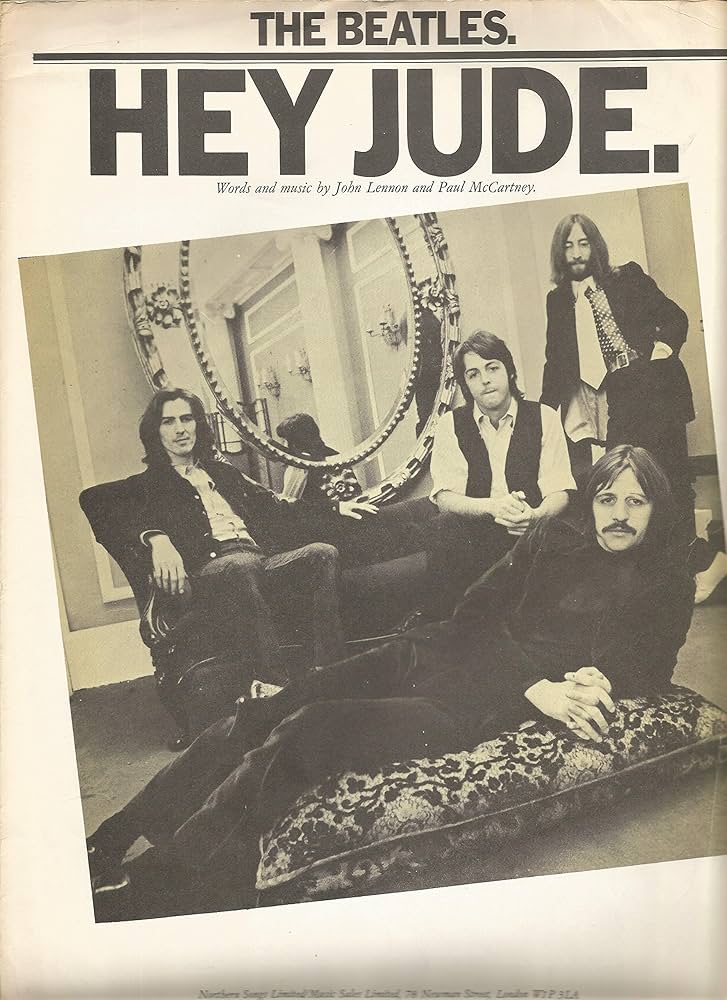
The Beatles
Hey Jude
2

The Rolling Stones
(I Can’t Get No) Satisfaction
3
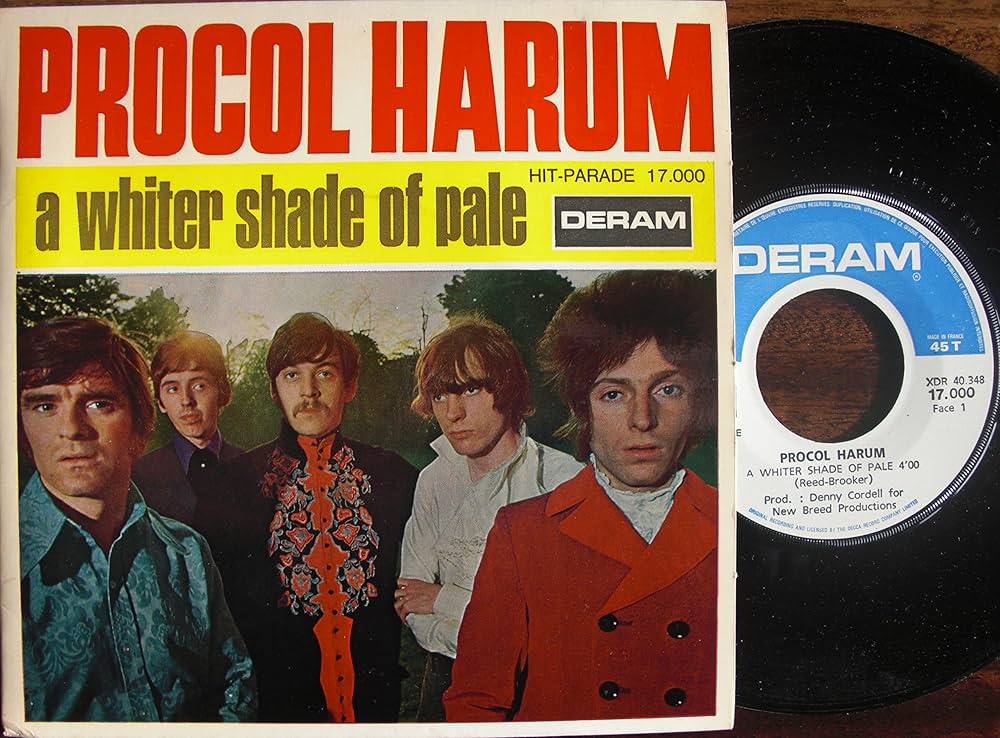
Procol Harum
A Whiter Shade of Pale
4
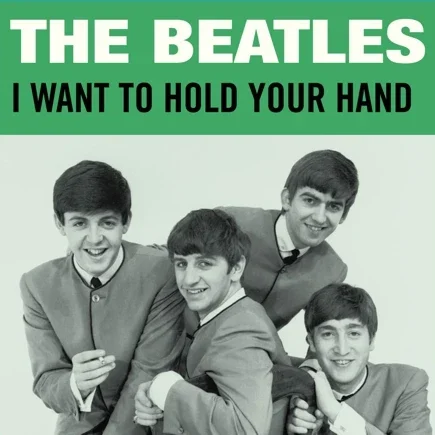
The Beatles
I Want to Hold Your Hand
5
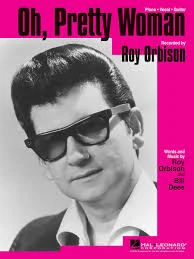
Roy Orbison
Oh, Pretty Woman
1960's Rock Music by the Year
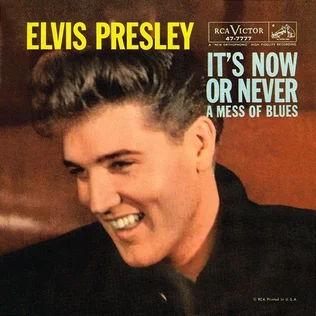
1960
In 1960, rock and roll was at a turning point, transitioning from its wild early years into a more polished pop sound. Elvis Presley had returned from the Army and was back in the spotlight with hits like “It’s Now or Never,” showing a more mature vocal style. Teen idols such as Bobby Rydell, Frankie Avalon, and Fabian were dominating the charts, appealing to younger audiences with clean-cut images. Meanwhile, the girl group sound was beginning to emerge, laying the groundwork for a new wave of pop. Behind the scenes, producers like Phil Spector were developing the “Wall of Sound,” which would soon revolutionize music production. It was a year of change, setting the stage for the explosive musical shifts of the mid-1960s.
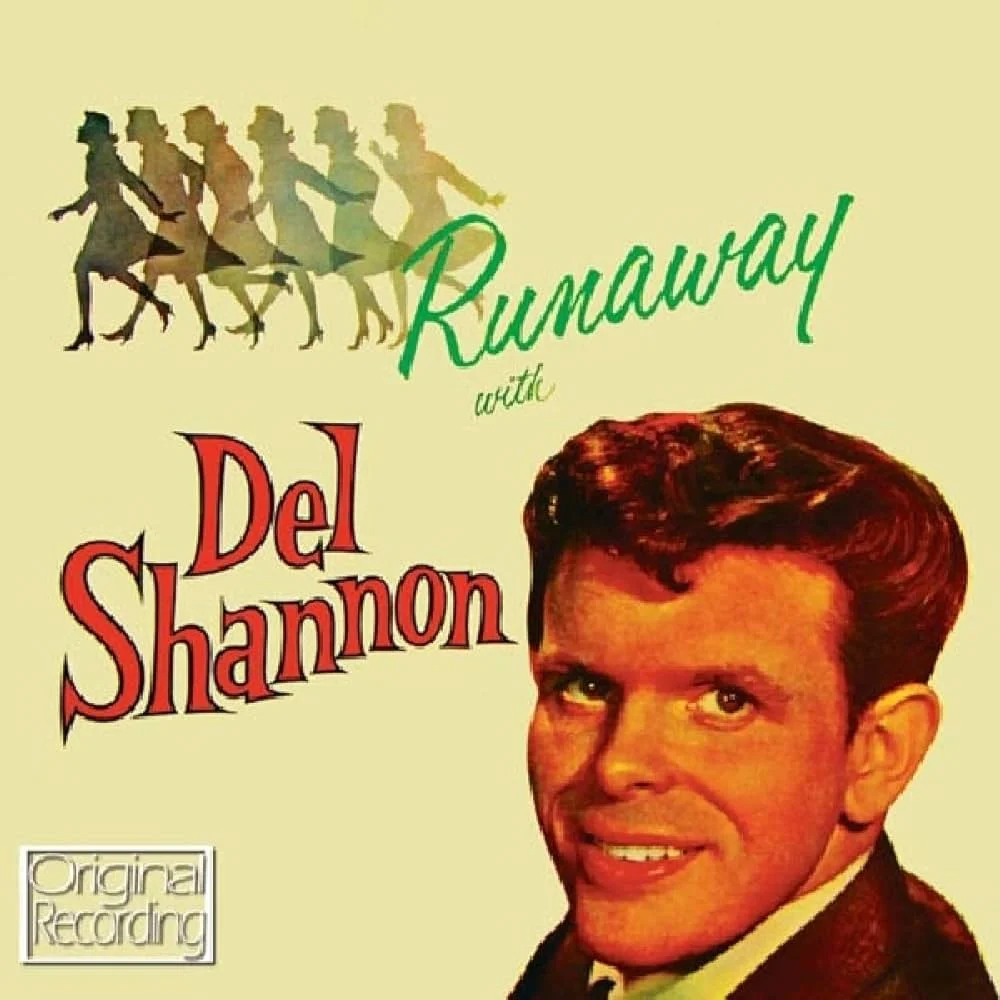
1961
In 1961, rock and roll continued to evolve, blending with pop and rhythm & blues to create smoother, radio-friendly hits. Teen idols like Del Shannon scored big with “Runaway,” which featured the unique Musitron keyboard solo and became a classic. The girl group era was gaining momentum, with The Shirelles topping the charts with “Will You Love Me Tomorrow,” marking a milestone as the first No. 1 hit by a Black all-girl group. Motown was also beginning to make its mark, releasing early hits from artists like The Marvelettes and Smokey Robinson & The Miracles. Surf rock started to bubble up as The Beach Boys formed and recorded their first songs. Overall, 1961 was a year of fresh voices and new directions that would shape the sound of the decade.
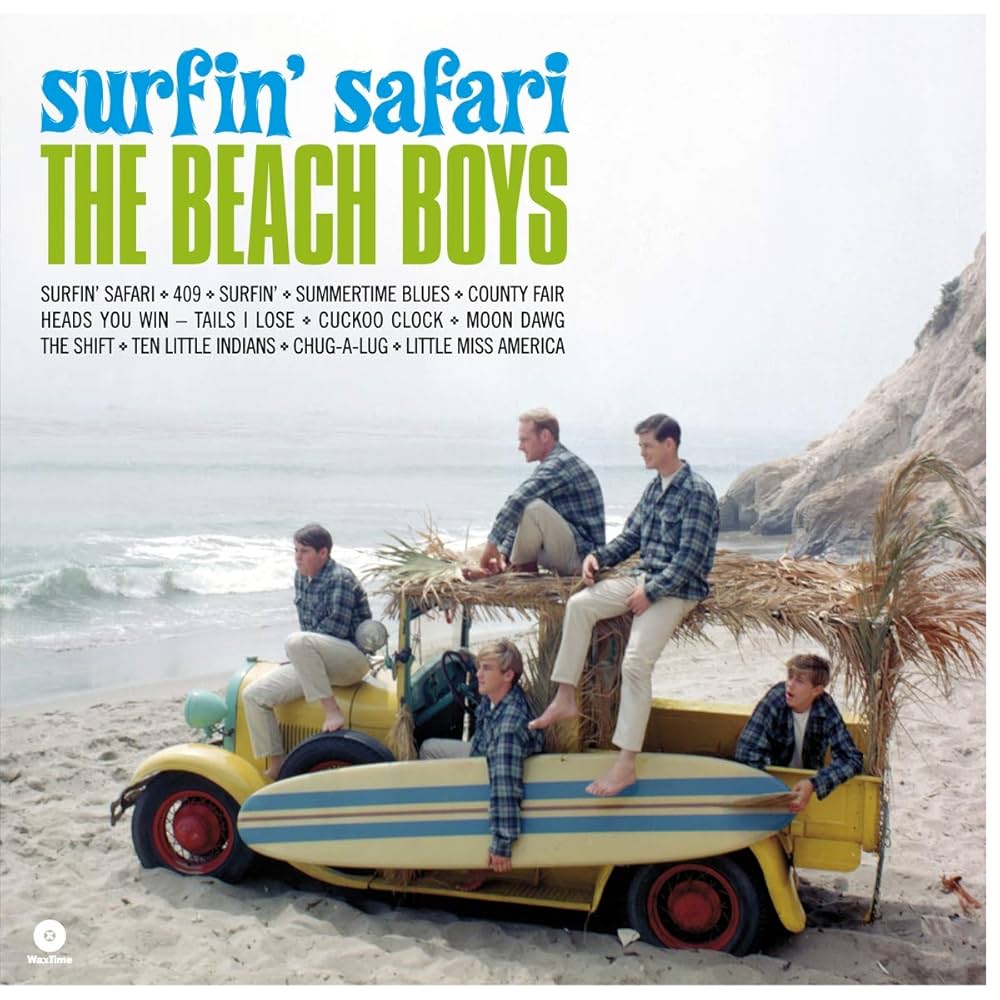
1962
In 1962, rock and roll was on the edge of major change, with new styles beginning to emerge. The Beach Boys released “Surfin’ Safari,” helping to launch the surf rock craze with their sunny California sound. Across the Atlantic, The Beatles released their first single, “Love Me Do,” marking the quiet beginning of the British Invasion. Motown Records was growing fast, with hits like “Do You Love Me” by The Contours and “You’ve Really Got a Hold on Me” by The Miracles gaining national attention. Instrumental rock was also popular, with The Tornados’ “Telstar” becoming the first British song to hit No. 1 on the U.S. charts. 1962 was a pivotal year, setting the stage for the musical revolution that would explode in the mid-1960s.
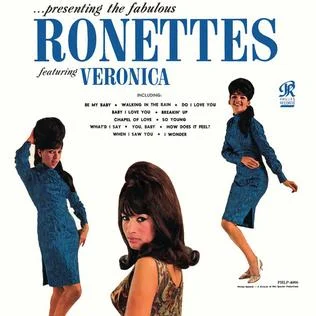
1963
In 1963, rock and roll was heating up as new voices and styles gained momentum. The Beach Boys continued to define surf rock with hits like “Surfin’ U.S.A.,” while girl groups like The Ronettes and The Crystals brought the Phil Spector-produced “Wall of Sound” to the forefront. Motown exploded with chart-toppers from Martha and the Vandellas, The Miracles, and Marvin Gaye, making Detroit a music powerhouse. Across the pond, The Beatles were dominating the U.K. charts with songs like “She Loves You” and “Please Please Me,” creating buzz that would soon spark the British Invasion. Folk rock was also rising, with Bob Dylan’s influence growing through socially conscious songwriting. Overall, 1963 was a dynamic year of energy and innovation, paving the way for a cultural shift in popular music.

1964
In 1964, rock and roll was transformed by the arrival of the British Invasion, led by The Beatles, who took America by storm with their appearance on The Ed Sullivan Show and chart-topping hits like “I Want to Hold Your Hand.” Their success opened the door for other British bands like The Rolling Stones, The Dave Clark Five, and The Animals to break into the U.S. market. American artists responded with innovation—The Beach Boys released “Fun, Fun, Fun” and “Don’t Worry Baby,” further refining the surf rock sound. Motown continued its rise with The Supremes scoring their first No. 1 hit, “Where Did Our Love Go.” Meanwhile, Bob Dylan was influencing rock with powerful lyrics and a growing folk-rock movement. 1964 was a groundbreaking year that reshaped the sound and style of rock and roll worldwide.
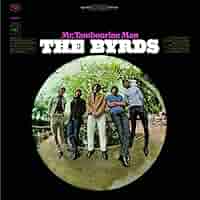
1965
In 1965, rock and roll entered a bold new phase, blending folk, pop, and electric sounds in groundbreaking ways. The Beatles released Help! and Rubber Soul, showcasing more sophisticated songwriting and studio experimentation. Bob Dylan famously “went electric” at the Newport Folk Festival, stirring controversy but also helping launch folk rock with hits like “Like a Rolling Stone.” The Rolling Stones hit big with “(I Can’t Get No) Satisfaction,” establishing themselves as gritty rock icons. The Byrds brought jangly guitars and poetic lyrics to the charts with “Mr. Tambourine Man,” a Dylan cover that defined folk rock. Psychedelic influences also began to surface, setting the stage for the musical revolution just around the corner.
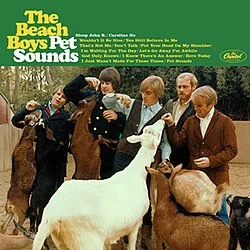
1966
In 1966, rock and roll was becoming more experimental, artistic, and socially conscious. The Beatles released Revolver, a groundbreaking album that featured innovative studio techniques and songs like “Eleanor Rigby” and “Tomorrow Never Knows.” The Beach Boys answered with Pet Sounds, a lush, emotional masterpiece that pushed the boundaries of pop and rock production. Psychedelic rock began to emerge more strongly with bands like The Byrds and their hit “Eight Miles High,” while The Rolling Stones added a darker edge with “Paint It, Black.” Motown continued to thrive, with classics like “Reach Out I’ll Be There” by The Four Tops and “You Can’t Hurry Love” by The Supremes. 1966 was a year of bold creativity that expanded the possibilities of what rock music could be.
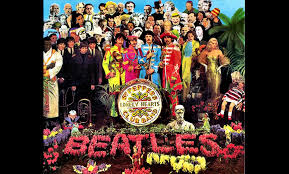
1967
In 1967, rock and roll reached new heights of creativity and cultural influence, driven by the rise of psychedelic music and the spirit of the counterculture. The Beatles released Sgt. Pepper’s Lonely Hearts Club Band, a landmark album that redefined what an album could be in terms of concept, production, and artistry. The Summer of Love bloomed in San Francisco, with bands like Jefferson Airplane, The Grateful Dead, and Janis Joplin’s Big Brother and the Holding Company making waves. Jimi Hendrix exploded onto the scene with his debut album Are You Experienced, dazzling audiences with his electrifying guitar work. The Monterey Pop Festival showcased many of these rising stars and became a defining moment of the era. Rock in 1967 was more than just music—it was a movement.
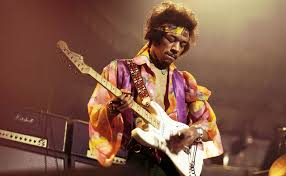
1968
In 1968, rock and roll reflected the turbulence of the times, with artists tackling political, social, and personal themes in bold new ways. The Beatles released their self-titled double album, known as the White Album, showcasing a wide range of styles from hard rock to folk to avant-garde. The Rolling Stones got grittier with Beggars Banquet, featuring songs like “Street Fighting Man” and “Sympathy for the Devil.” Jimi Hendrix continued to push boundaries with his psychedelic blues-rock, while Cream released Wheels of Fire, highlighting the rise of heavy, guitar-driven rock. Meanwhile, new acts like Led Zeppelin were forming, signaling the dawn of hard rock and heavy metal. 1968 was a raw, revolutionary year that pushed rock music into darker, deeper territory.

1969
In 1969, rock and roll reached a dramatic peak, blending music, culture, and politics in powerful ways. The Woodstock Festival became a defining moment of the era, bringing together legendary performances from Jimi Hendrix, Janis Joplin, The Who, and Crosby, Stills, Nash & Young. The Beatles released Abbey Road, their last recorded album, featuring classics like “Come Together” and “Here Comes the Sun.” Led Zeppelin burst onto the scene with their first two albums, pioneering hard rock and heavy metal. The Rolling Stones released Let It Bleed, capturing the darker edge of the times with tracks like “Gimme Shelter.” 1969 closed out the decade with a mix of brilliance and chaos, marking both the high point and the beginning of major changes in rock.
Top Twenty Recording Artists: 1960's
1: The Beatles
2: Elvis Presley
3: The Rolling Stones
4: Bob Dylan
5: The Beach Boys
6: Frank Sinatra
7: Cliff Richard
8: Ray Charles
9: Herb Alpert
10: Jimi Hendrix
11: The Monkees
12: John Coltrane
13: Jim Reeves
14: The Kinks
15: Roy Orbison
16: Simon & Garfunkel
17: The Doors
18: The Shadows
19: Otis Redding
20: Andy Williams